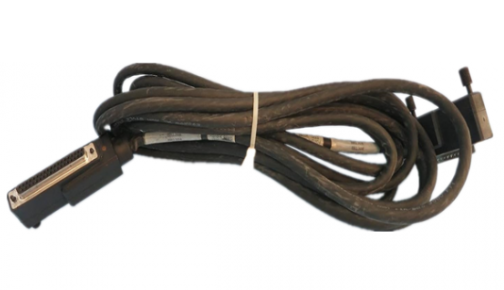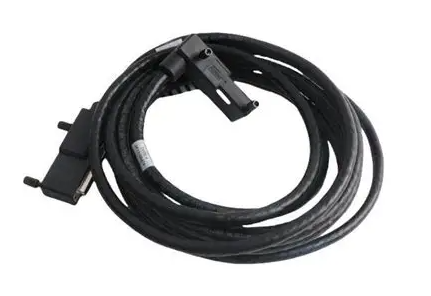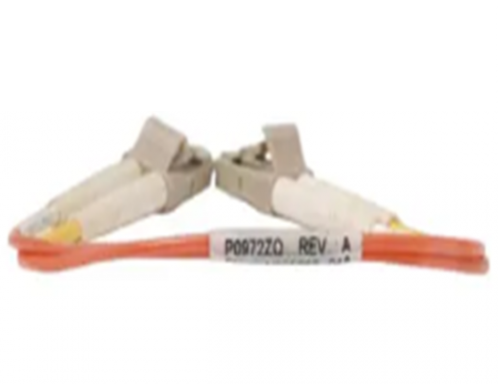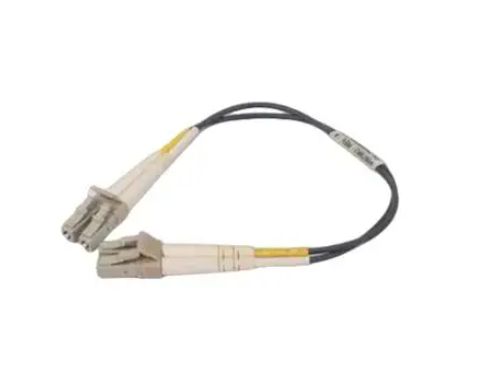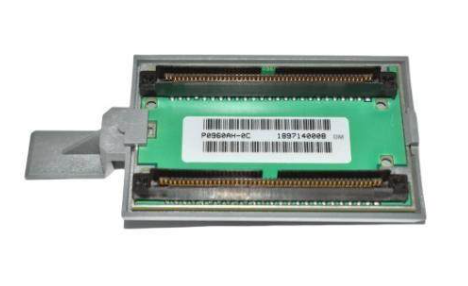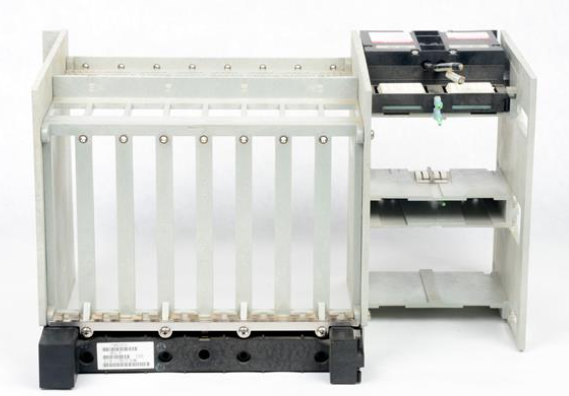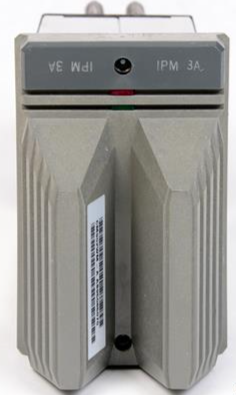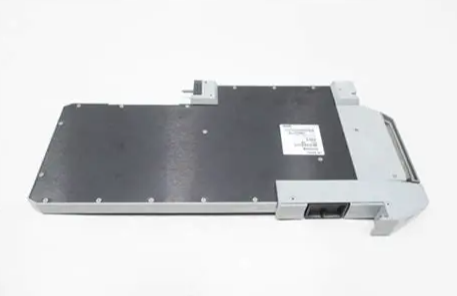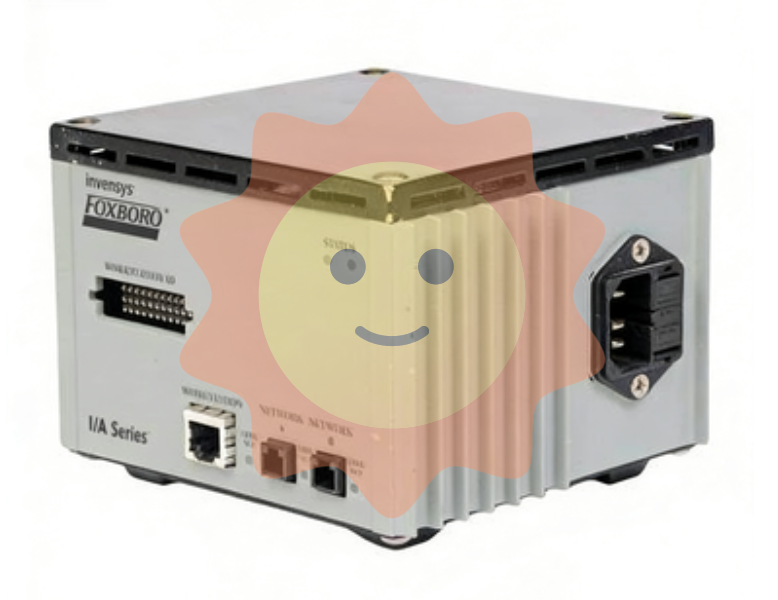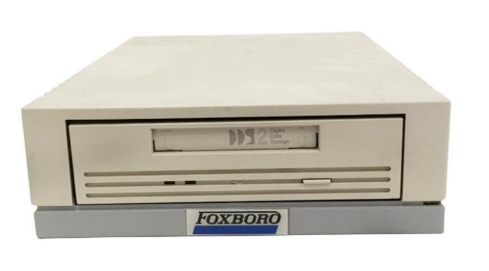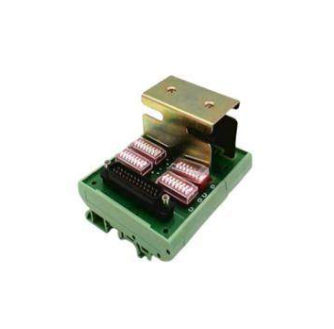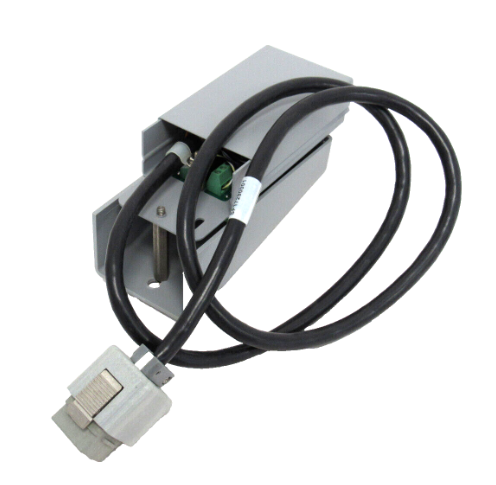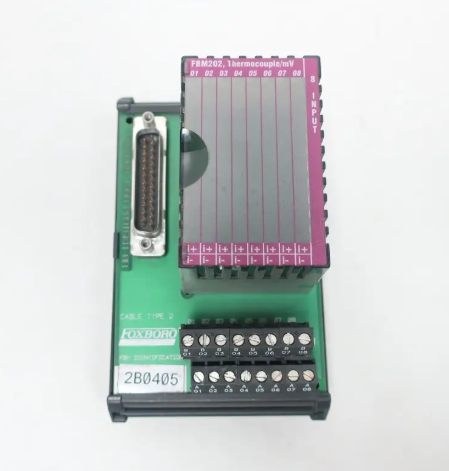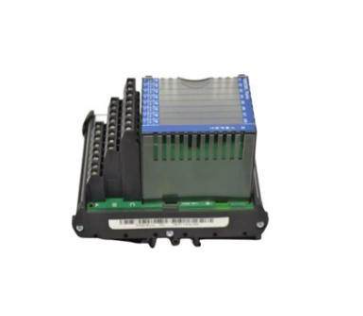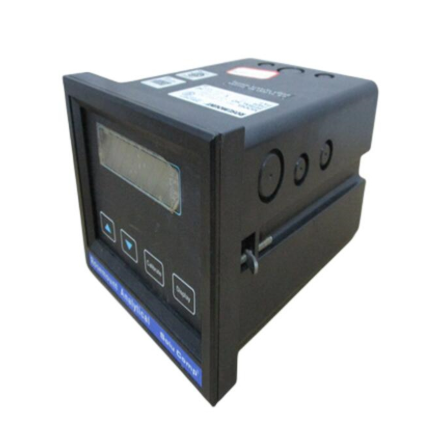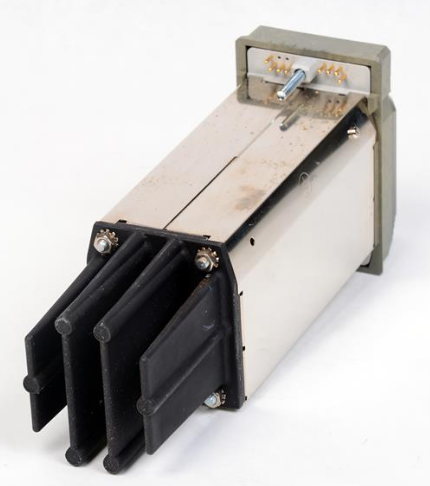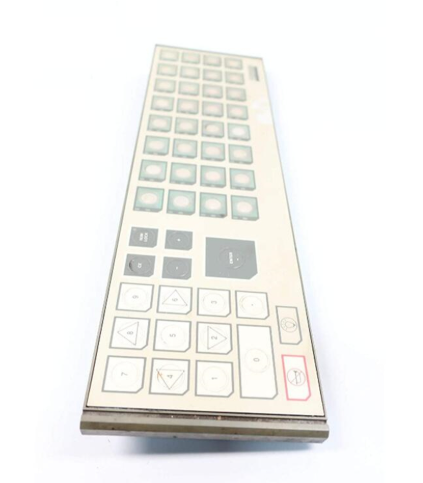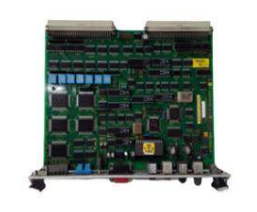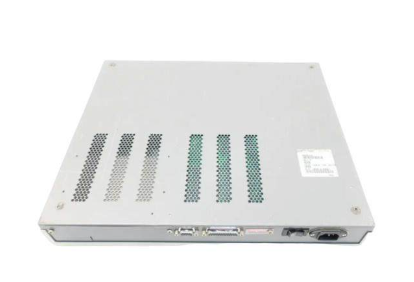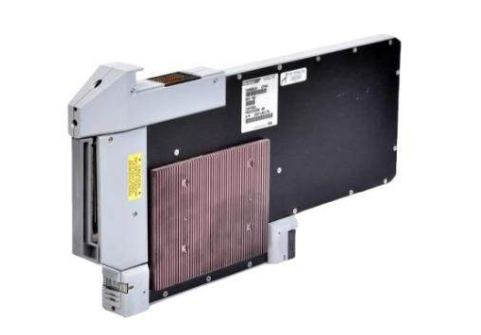Stop looking at the textile industry through the old eyes
Under the impact of international market fluctuations and the COVID-19 epidemic, many traditional industries in Zhejiang Province have experienced fluctuations. What is the status of textile industry as Zhejiang's traditional advantage industry? How to upgrade in the future? Reporter this interview over the years to promote the development of manufacturing industry and industrial cluster promotion of Zhejiang Province economic and information Department inspector Ling Yun.
(1) The embryonic form of modern industrial clusters has emerged
Reporter: Consumer goods such as textiles seem very common to many people, and there may be doubts about the future trend of the industry. What do you think of the modern textile industry? What is its position in the future industrial competition?
Lingyun: Today, we should not judge the textile industry in Zhejiang province with old concepts. In addition to the key links such as chemical fiber, weaving, printing and dyeing, and clothing in the traditional sense, with the continuous extension of the industrial chain, it has also derived related industries such as digital design, intelligent textile equipment, chemical additives, additives, and new functional fabrics. It can be said that this is no longer a pure sense of the "traditional textile", more suitable for the "modern textile" industry perspective, its future development of the industrial pattern is still worthy of further attention and research in the industry, the space for development is still very large.
Reporter: Zhejiang socks, ties and other textile products have a high market share, from the industry point of view, where is the future market?

Lingyun: Now the textiles made in Zhejiang are no longer people's clothing products in the traditional sense. Functional, industrial fabrics, all kinds of modified fibers emerge in an endless stream, which is the result of textile enterprises to adapt to the changes in people's life needs, along this path, over the years, Zhejiang enterprises in the sublimation, industrial chain sublimation, cluster is also sublimation, out of a digital, networking, intelligent transformation and upgrading of the road. Zhejiang's textile and related industries have already had the rudiments of modern industrial clusters. In view of the new trend of the modern textile industry, as well as the characteristics closely connected with people's clothing, food, housing and transportation, we believe that it is a realistic choice to create a trillion-level industrial cluster, but also a choice full of vitality and vitality.
Daily consumer goods such as textiles, clothing, food, housing and transportation have a more stable market, after all, there are people's needs to support. The market of an industry is in the demand of people's lives, but this demand is not static, and it is adapted to the demand according to changes, which is the general direction of supply-side reform and an evaluation scale of future industrial competitiveness.
(2) Form competitive advantages in the double cycle
Reporter: Recently, Zhejiang Province proposed to build a global iconic industrial chain, how far is the modern textile industry from this goal? Where is the effort going?
Ling Yun: This year's COVID-19 epidemic has had an unprecedented impact on the supply chain of the global manufacturing industry, and people have a deeper understanding of industrial chain security. In order to avoid the risk of breaking the chain and supply caused by emergencies, many places have created self-centered regional industrial clusters, and the original international cycle is moving to the domestic cycle as the main body, and the domestic and international double cycle is evolving.
The formation of a vitality of the double cycle, the development of modern industrial clusters is crucial, that is to say, the product should be functional, experience-oriented direction, processing technology to intelligent, green direction. At present, the outstanding shortcoming of the transformation and upgrading of the textile industry is in the talent, which is characterized by the lack of technological innovation and product innovation, and it is still lacking in meeting the needs of modern society and guiding social consumption, but the development space is still large.

(3) Use both hands to break into the big market
Reporter: To further enhance industrial competitiveness, how should the visible hand of the government and the invisible hand of the market work together?
Lingyun: The dynamic industry is not based on the subjective layout of people, but the enterprise closely relies on technological progress, the survival of the fittest in continuous competition, and the organic renewal, including the upstream and downstream connection of the industry and the supporting professional division of labor and cooperation. Therefore, from the overall point of view, to enhance the competitiveness of industrial clusters or industrial chain supply chains, we must activate the power of the invisible hand of the market.
But that is not to say that the visible hand of government is not needed; it is when markets fail. For example, in the cultivation of small and micro enterprises, creating a good entrepreneurial environment, supporting the construction of public research and development platforms, and the introduction of international high-end talents, the government should actively play a guiding role. Enterprises also need to realize that the government can be relied on, but in the end, they must learn to grow up, break into the market by themselves, and win market competitive advantages.
- EMERSON
- Honeywell
- CTI
- Rolls-Royce
- General Electric
- Woodward
- Yaskawa
- xYCOM
- Motorola
- Siemens
- Rockwell
- ABB
- B&R
- HIMA
- Construction site
- electricity
- Automobile market
- PLC
- DCS
- Motor drivers
- VSD
- Implications
- cement
- CO2
- CEM
- methane
- Artificial intelligence
- Titanic
- Solar energy
- Hydrogen fuel cell
- Hydrogen and fuel cells
- Hydrogen and oxygen fuel cells
- tyre
- Chemical fiber
- dynamo
- corpuscle
- Pulp and paper
- printing
- fossil
- FANUC
- Food and beverage
- Life science
- Sewage treatment
- Personal care
- electricity
- boats
- infrastructure
- Automobile industry
- metallurgy
- Nuclear power generation
- Geothermal power generation
- Water and wastewater
- Infrastructure construction
- Mine hazard
- steel
- papermaking
- Natural gas industry
- Infrastructure construction
- Power and energy
- Rubber and plastic
- Renewable energy
- pharmacy
- mining
- Plastic industry
- Schneider
- Kongsberg
- NI
- Wind energy
- International petroleum
- International new energy network
- gas
- WATLOW
- ProSoft
- SEW
- wind
- ADVANCED
- Reliance
- YOKOGAWA
- TRICONEX
- FOXBORO
- METSO
- MAN
- Advantest
- ADVANCED
- ALSTOM
- Control Wave
- AB
- AMAT
- STUDER
- KONGSBERG
- MOTOROLA
- DANAHER MOTION
- Bently
- Galil
- EATON
- MOLEX
- Triconex
- DEIF
- B&W
- ZYGO
- Aerotech
- DANFOSS
- KOLLMORGEN
- Beijer
- Endress+Hauser
- MOOG
- KB
- Moxa
- Rexroth
- YAMAHA
- Johnson
- Westinghouse
- WAGO
- TOSHIBA
- TEKTRONIX


Email:wang@kongjiangauto.com



